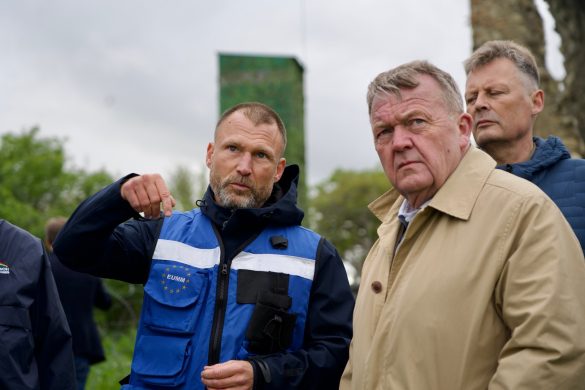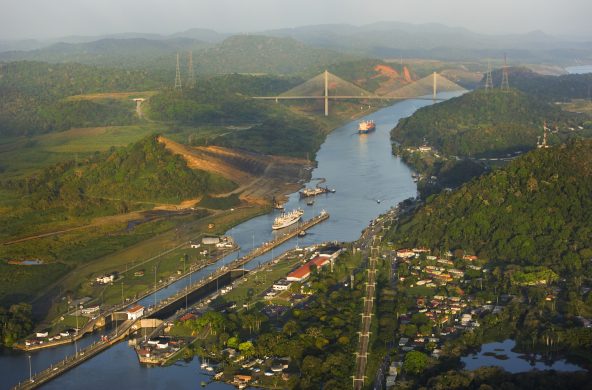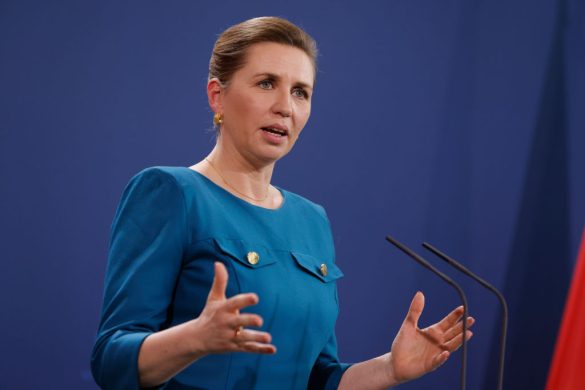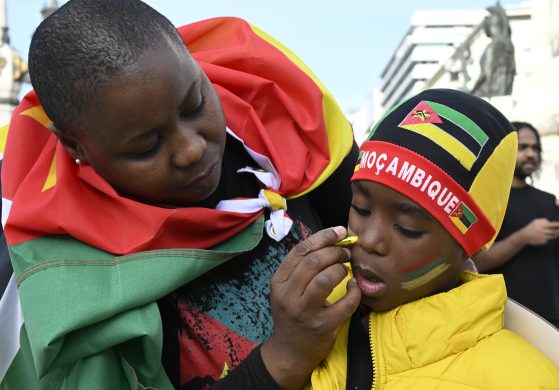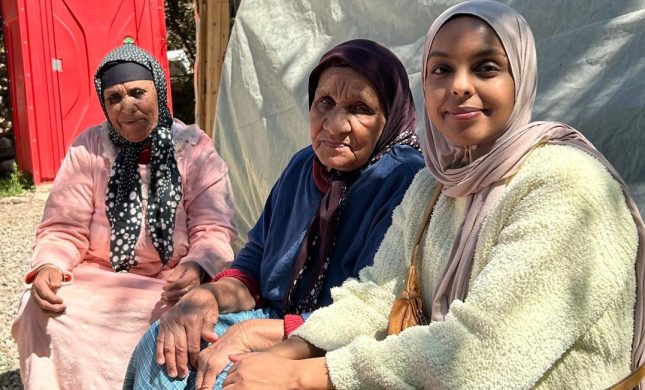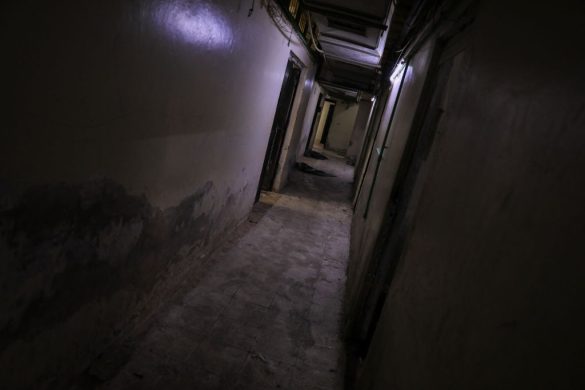Det sker ofte, at projekter om at frede naturområder foregår uden at konsultere de oprindelige beboere til stor skade for deres levevis. Naturbevarelse må ske med fuld respekt for oprindelige folkeslags rettigheder, siger FN’s særlige udsending for oprindelige folk.
Det fremgår af en notits på hjemmesiden for FN’s særlige udsending om oprindelige folk, Victoria Tauli-Corpuz.
States must fully recognize and respect Indigenous Peoples’ rights when implementing conservation and biodiversity initiatives, the United Nations Special Rapporteur on the Rights of Indigenous Peoples, Victoria Tauli-Corpuz, said in testimony before the Inter-American Court.
Addressing the court in Costa Rica in early February, she said that conservation projects have too often involved governments seizing and nationalizing indigenous territories and subjecting the people who managed them to impoverishment, cultural deterioration, and other severe human rights violations.
Suriname har ikke konsulteret oprindelige folk
The court is considering a case brought by the Kaliña and Lokono Peoples against the government of Suriname, which created three nature reserves in their territory without their consent.
Despite being party to international treaties requiring respect for indigenous rights, Suriname still does not legally recognize the Kaliña and Lokono’s land rights and has not consulted them about the nature reserves.
The Special Rapporteur determined that the reserves were “non-consensual and fail to recognize and respect indigenous peoples’ rights.” She added that:
“Because they are by law owned by the State, I would classify these reserves as an ongoing and outwardly illegitimate dispossession of indigenous lands that requires redress, not just in relation to property rights but also with regard to the full spectrum of rights.”
Krav om oprindelige folks deltagelse
Tauli-Corpuz noted that the Convention on Biological Diversity, which Suriname is party to, mandates that state nature reserves meet the same Indigenous Peoples’ rights standards as all other government activities.
A decision adopted by the Conference of Parties to the Convention in 2004 states that “the establishment, management and monitoring of protected areas should take place with the full and effective participation of, and full respect for the rights of, indigenous [peoples].
” States are also required to provide restitution to Indigenous Peoples whose land has been incorporated into protected areas.
“The UN Rapporteurship on the Rights of Indigenous Peoples has received many complaints about human rights violations in connection with protected areas, as have the treaty bodies. In many cases, allegations of grave harm have been substantiated,” Tauli-Corpuz said.
She stressed that recognizing protected areas that are owned and managed by Indigenous Peoples is an alternative and highly effective way of protecting biodiversity.
Sammenhæng mellem naturbevarelse og oprindelige folk
According to a 2008 World Bank Study, “traditional indigenous territories encompass up to 22 percent of the world’s land surface and they coincide with areas that hold 80 percent of the planet’s biodiversity.” Many Indigenous Peoples have successfully and sustainably managed their forests for generations, the study concluded.
The World Park Congress adopted a new paradigm in 2003 that recognized the connection between Indigenous Peoples’ rights and conservation. Tauli-Corpuz emphasized that international environmental and human rights law are thus interrelated and complementary.
Both put the onus firmly on states to justify non-consensual protected areas in indigenous territories. The burden is also on states to show that they have rigorously applied the criteria that would allow them to intervene, as so often such interventions harm both human rights and the environment.




